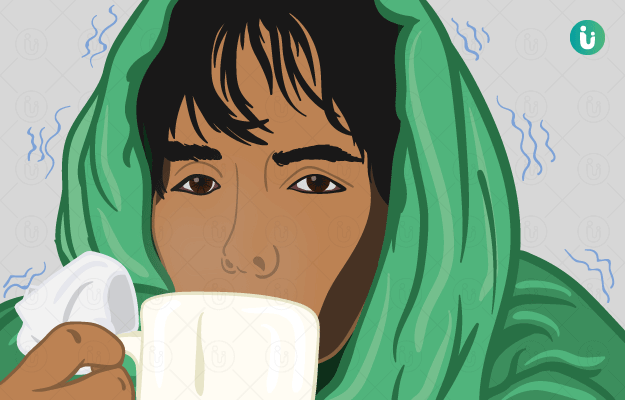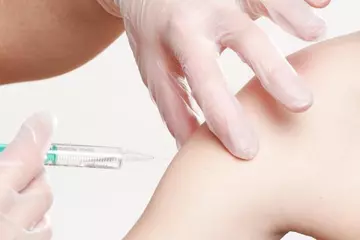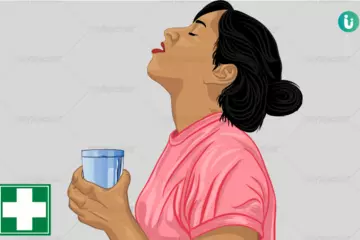What is frostbite?
Frostbite is a condition causing skin injury due to exposure to extremely low temperatures. It is common in people who are exposed to low temperatures for long periods of time such as army personnel or professional winter sports players.
The commonly affected areas are toes, fingers, cheeks, and the chin.
What are its main associated signs and symptoms?
- Common signs and symptoms of frostbite include-
- Numbness.
- Change in the colour of skin to red, white, or blue.
- Hardening of the skin with blisters.
- A frostbite is known to occur in stages, each stage more severe than the first.
- First degree- It is the early stage with temporary numbness and superficial skin damage.
- Second degree- The numbness is long lasting with hardening and peeling of skin, along with development of blisters.
- Third degree- The deeper layers of the skin freeze, and there is pain and ulceration which last for weeks.
- Fourth degree- Bones, muscles, and deep blood vessels are also affected, making the skin black with severe permanent damage.
What are the main causes?
- Long-term exposure to cold-weather conditions, snow, ice or cold liquids are the main factors which cause frostbite.
- Very cold winds increase the chances of developing a frostbite in winter.
- Some risk factors for developing frostbite include-
- Diabetes and Hypothyroidism.
- Dehydration.
- Alcohol consumption and smoking.
- Reduced oxygen supply to the skin.
- Any other previous physical injury or frostbite.
How is it diagnosed and treated?
- A frostbite is diagnosed based on the clinical picture of the affected area, the recent activities of the patient, and other symptoms, if any.
- To check the extent of the frostbite and assess the condition of the deeper skin layers and bone, the physician will advise an X-ray, CT scan or MRI.
- Some conditions which are similar to frostbite include frostnip, vasculitis, bullous pemphigoid, and trench foot.
The treatment must be taken immediately and includes:
- If you suspect that you are developing a frostbite, it is advisable to go into a warm area and expose the affected region to warmth, without letting it re-freeze. The skin can be re-warmed by a warm water bath, or by rubbing.
- Medications prescribed for frostbite include painkillers and antibiotics if an infection is suspected. The physician will also prescribe anti-inflammatory drugs if needed.
- The damaged tissue, if damaged beyond repair, is removed through processes like aspiration and debridement.
- Severe frostbites may need surgical amputation of the affected part.
- Hyperbaric oxygen therapy is a new, lesser-known method of treating frostbites.

 Doctors for Frostbite
Doctors for Frostbite 


















